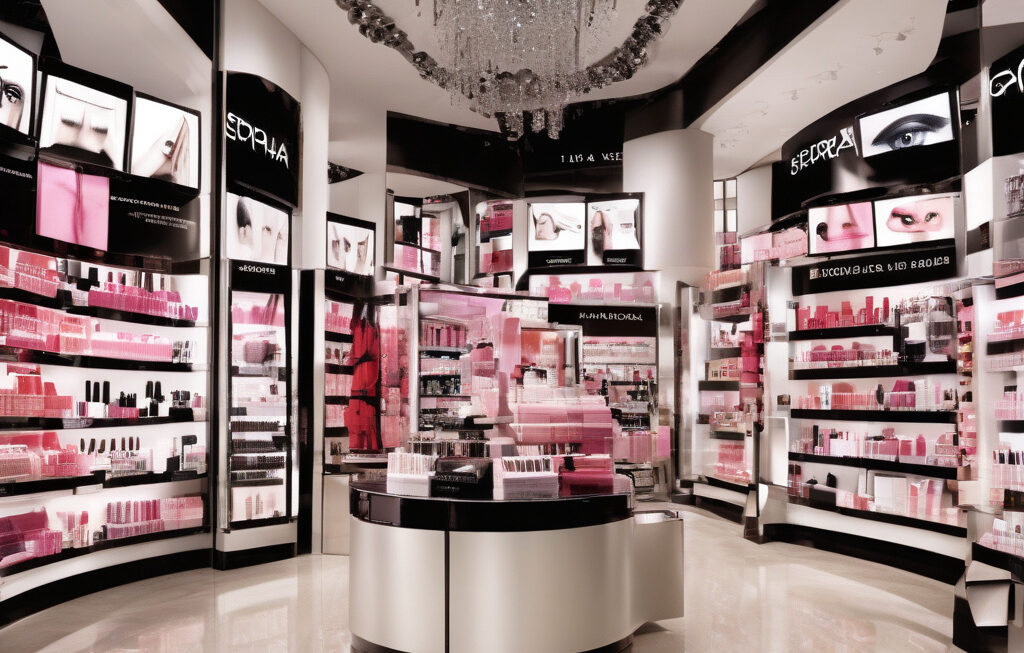Beauty Chases Its New Rocket Ships
The beauty industry, like many others, is facing uncertainties as companies lower their forecasts, brace for tariffs, and undertake layoffs. In this shifting landscape, it has become evident that relying solely on tried-and-true categories and markets may no longer suffice. To stay ahead in these challenging times, beauty brands are now seeking new avenues for growth and innovation.
One key strategy that beauty companies are increasingly turning to is diversification. By expanding their product lines to cater to a wider range of consumer needs, brands can not only mitigate the impact of market fluctuations but also tap into new and emerging trends. For example, a skincare brand known for its anti-aging products may decide to venture into the realm of wellness by introducing supplements that promote skin health from within. This not only opens up a new revenue stream but also allows the brand to connect with consumers on a deeper level.
In addition to product diversification, beauty companies are also exploring new markets to fuel their growth. With the rise of the global middle class, emerging economies present a lucrative opportunity for expansion. By tailoring their products to suit the preferences and needs of consumers in these markets, beauty brands can gain a competitive edge and establish themselves as key players in the industry. For instance, a makeup brand may adapt its formulas to cater to the humid climate of Southeast Asia, thereby attracting a whole new customer base.
Furthermore, the beauty industry is embracing technological advancements to revolutionize the way products are developed, marketed, and sold. From AI-powered skincare analysis tools to virtual try-on apps, brands are leveraging technology to offer personalized experiences to consumers and drive sales. By harnessing the power of data and analytics, beauty companies can better understand consumer behavior and preferences, allowing them to tailor their products and marketing strategies accordingly.
Collaborations and partnerships are also playing a crucial role in the reinvention of the beauty industry. By teaming up with influencers, celebrities, and other brands, beauty companies can expand their reach and connect with new audiences. For example, a makeup brand may collaborate with a popular beauty vlogger to create a limited-edition collection, generating buzz and driving sales both online and in-store.
In conclusion, the beauty industry is undergoing a period of transformation as companies navigate economic uncertainties and changing consumer preferences. By embracing diversification, exploring new markets, leveraging technology, and forming strategic partnerships, beauty brands can position themselves for success in this ever-evolving landscape. As the industry braces for the challenges ahead, one thing is clear – those who are willing to innovate and adapt will be the ones riding the new rocket ships of beauty.
beauty, industry, innovation, growth, transformation












